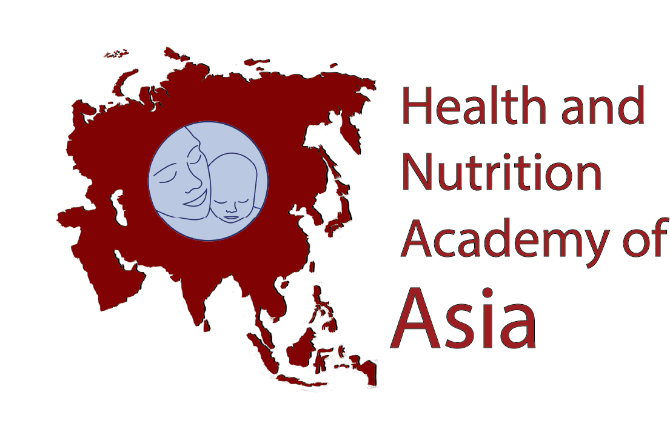Question: (Last edited: Wednesday, 11 March 2020, 11:41 AM)What modules does this platform offer? | ||
|---|---|---|
| Answer: The platform offers 6 modules on early nutrition
for the mother and her infant/child:
| ||
Question: (Last edited: Wednesday, 11 March 2020, 11:41 AM)Who developed the ENeA SEA platform? | ||
|---|---|---|
| Answer: The ENeA SEA platform was developed by a team of experts in early infant nutrition and e-learning. Click HERE for more details (ENeA-SEA website) | ||
Question: (Last edited: Wednesday, 11 March 2020, 11:41 AM)Who is the platform for? | ||
|---|---|---|
| Answer: This platform is for practicing healthcare professionals in the field of early nutrition in Southeast Asia (obstetricians, gynaecologists, paediatricians, nurses, midwives, nutritionists and dietitians as well as medical and nutrition students). | ||
Question: (Last edited: Wednesday, 11 March 2020, 11:41 AM)Why doesn’t the progress bar reach 100% completion even though I have completed learning all the pages in a module? | ||
|---|---|---|
| Answer: To obtain 100% in the progress bar, you will need to click and view the supplementary materials as these also count towards progress (even though they are not compulsory to learn). | ||
Question: (Last edited: Wednesday, 11 March 2020, 11:41 AM)Why don’t the videos play when clicked? | ||
|---|---|---|
| Answer: Some browsers or devices may not support the video file format. Try a different browser, i.e. Chrome, Firefox or a different device (e.g. use a PC if you are on a mobile phone). | ||
Question: (Last edited: Wednesday, 11 March 2020, 11:41 AM)Why was ENeA-SEA platform developed? | ||
|---|---|---|
| Answer: ENeA-SEA platform was developed to address the need for a scientific evidence-based, unbiased and freely accessible e-learning programme to fill the gap in teaching and learning on early infant nutrition in the Southeast Asian context. | ||
